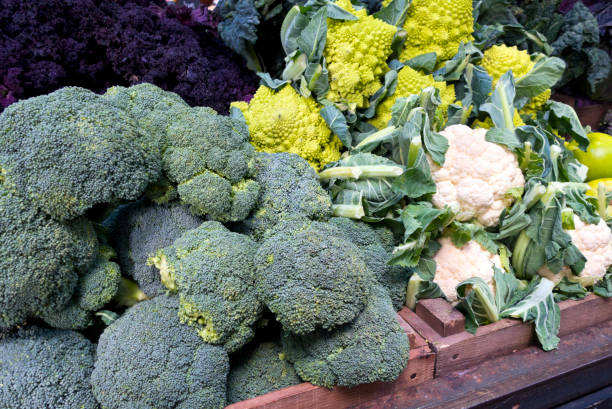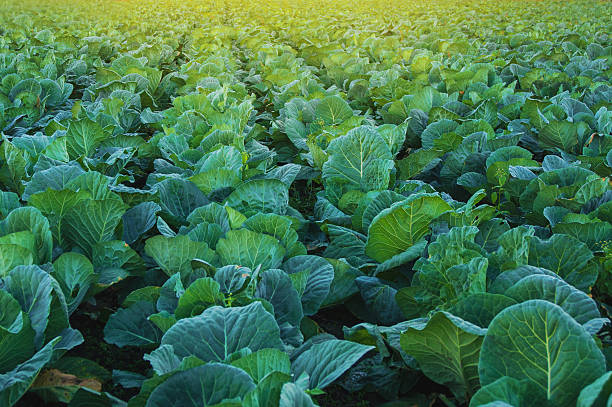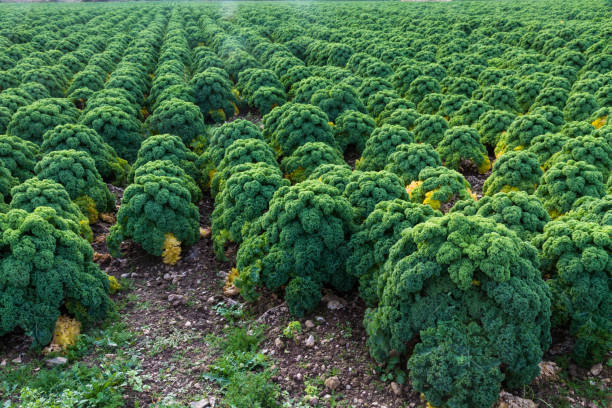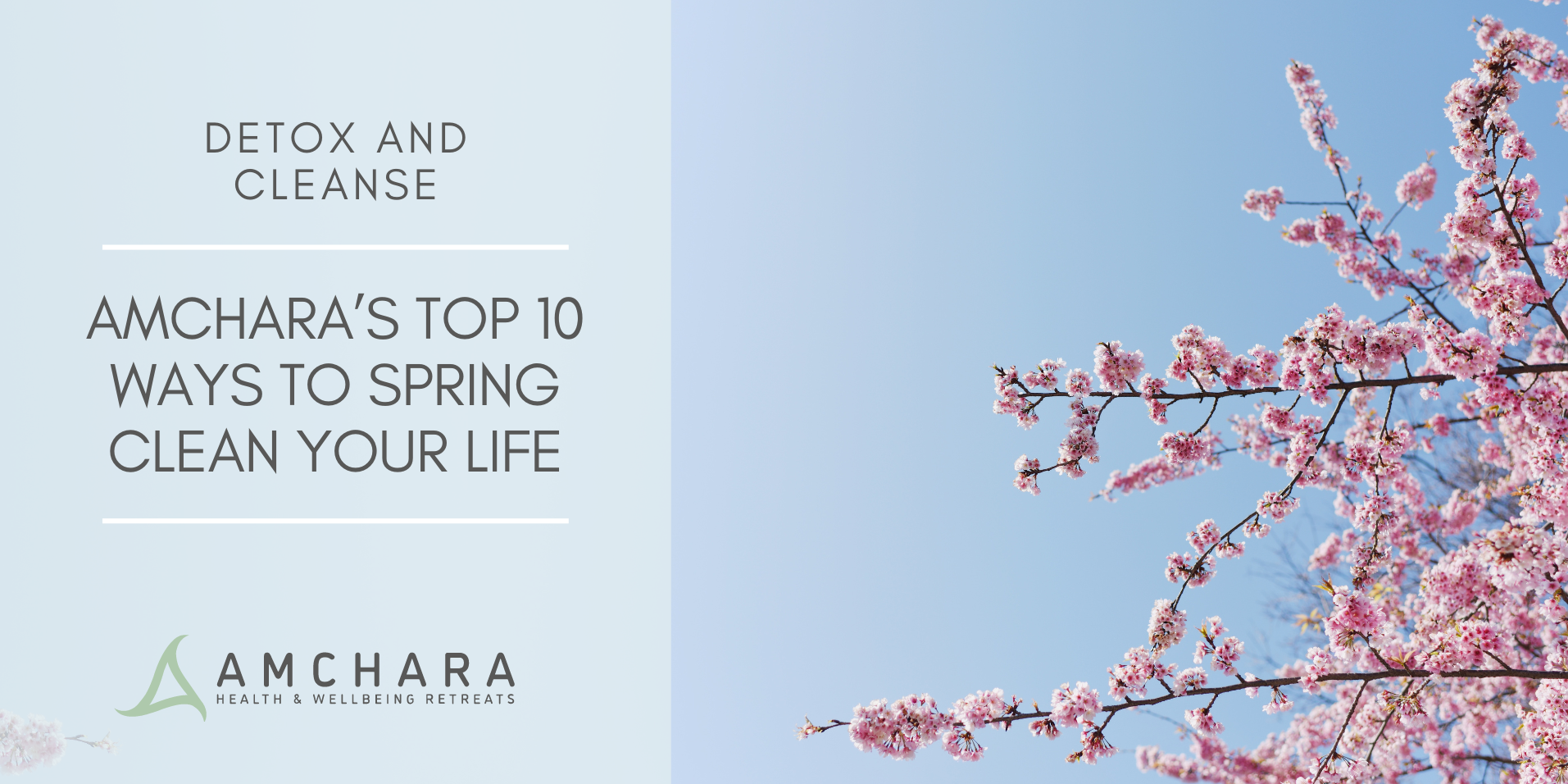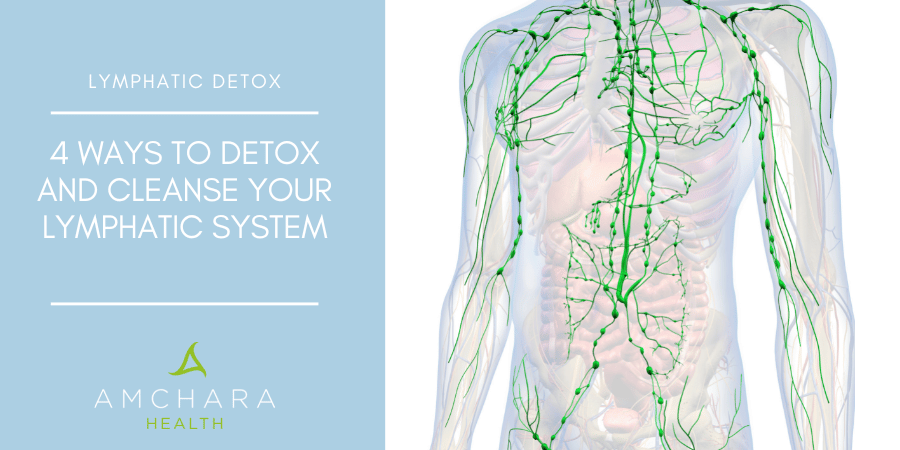The brassica family are some of the UK’s most favoured vegetables.
Brassica is a genus of plants in the mustard family.
The members of the genus are informally known as cruciferous vegetables, cabbages, or mustard plants.
But do you have any idea of the immense health benefits, including potential anti-ageing, illness fighting and immune system boosting properties?
The brassica family includes many of the common vegetables that we see in the UK, such as broccoli, cabbage, cauliflower, kale, Brussels sprouts, turnips and some seeds like rapeseed and mustard seed.
You may want to read the rest of our Brassicas stories:
- The brilliance of brassicas: Bok Choy
- The brilliance of brassicas: Brussels Sprouts
- The brilliance of brassica Vegetables
- The brilliance of brassicas: Kale Queen Of The Greens
- The brilliance of brassicas: Broccoli
Of course, the fact is that all kinds of vegetable and fruit are valuable to us in terms of fighting illness because they have low cholesterol and fat levels and are also low in calories and salt.
They are however very high in essential vitamins and minerals such as potassium, vitamin K and C, folic acid, fibre and beta-carotene.
The long list of vitamins and minerals isn’t the only thing that makes the brassica family so beneficial for our health.
It’s also down to the phytochemicals.
Brassica vegetables and chemical makeup
The brassica family of vegetables have high levels of what are known as phytochemicals.
These are substances found in many vegetables with brassicas holding the highest levels, and they have many amazing health benefits.
These include certain phytochemicals that are effective in protecting arteries and others that are powerful antioxidants that work to inhibit the actions of free radicals that cause cell damage in the body.
Brassicas also contain indole-3-carbinol, which are very strong stimulants of particular enzymes that are well known for their action in preventing or reducing the action of estrogen, thus potentially decreasing the risk of uterine, breast and other estrogen dependent cancers.
Recently, a study was conducted on almost 50,000 men and the results were staggering, showing that those who consumed the highest levels of brassicas had halved their risk of bladder cancer when compared with peers who had just a single weekly serving of brassicas.
But it doesn’t end there.
Vegetables also contain what are known as flavanoids, which are known to increase the action of vitamin C.
Flavanoids also act as antioxidants that prevent the platelet aggregation, act as anti-inflammatory and help to prevent the oxidation of bad cholesterol.
The members of the brassica family highest in these flavanoids are broccoli and kale.
Brassica vegetables and your health
Many studies into the health benefits of brassicas have found that those who consume at least five servings of fruit and vegetables each day have a 30% lower risk of stroke, and just a single daily serving reduces the risk by 6%.
The most powerful vegetables have been found to be members of the brassica family, as they contain high levels of phytochemicals, flavanoids and vitamins and minerals such as vitamins C, folic acid, potassium, vitamin K and possibly to your surprise, calcium.
For many years, milk was the standard source of calcium in the diet however it is now not only known, but recommended by many health professionals that calcium can be obtained from other sources – such as plant foods and vegetables.
Leafy, dark green vegetables are one of the best sources of calcium, and they are also a fantastic source of iron. If you don’t eat dairy products, or prefer to have a lower intake, it is best to consume a good variety of dark green leafy vegetables to ensure that you take in enough calcium from your veg.
Bioavailability is a measure of absorption of a substance in the body.
The bioavailability of calcium is higher in leafy green vegetables like brassicas that in dairy milk, and the bioavailability of iron in brassicas is vastly improved by consuming with vitamin C.
This can be achieved with a dash of lemon juice on your brassica vegetables.
The vitamin K found in the brassica family of vegetables, mainly in the leafy greens like kale, are important for bone health and may help to cut the risk of osteoporosis, bone injuries and fractures and other bone problems.
Most of the phytochemical compounds that are found in brassica vegetables are still active after cooking because they are heat stable, and in some cases bioavailability can be increased by cooking.
However, on the whole, it is better to eat vegetables that have been steamed or raw to keep the highest levels of vitamins and minerals.
If you do cook the vegetables, keep the water and use in juices and soups to get as much from your veg as possible.
Read this next:

